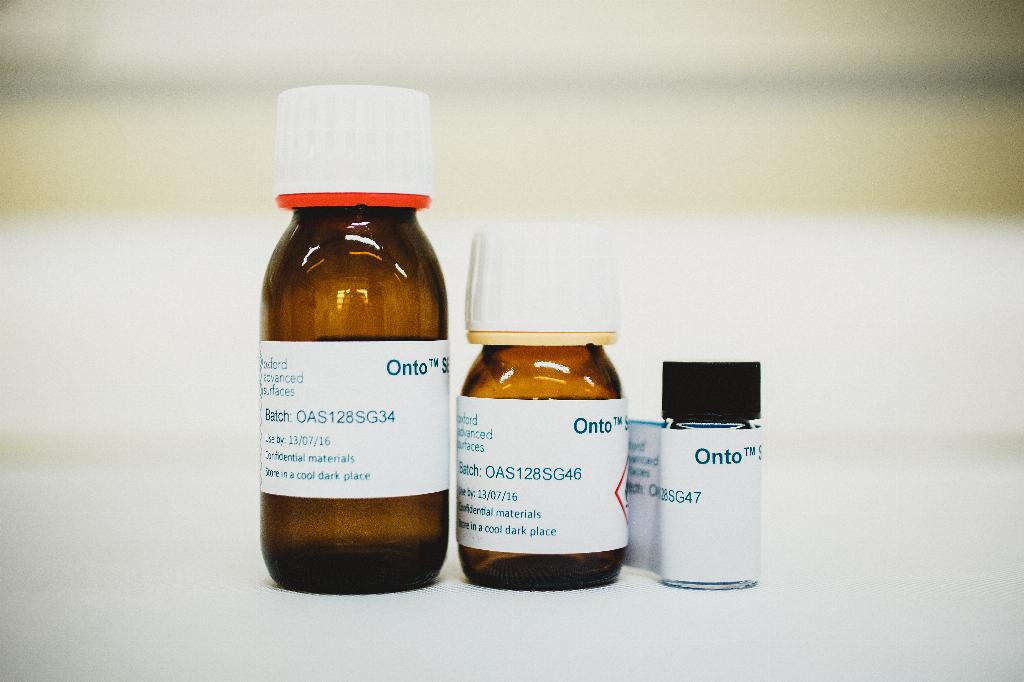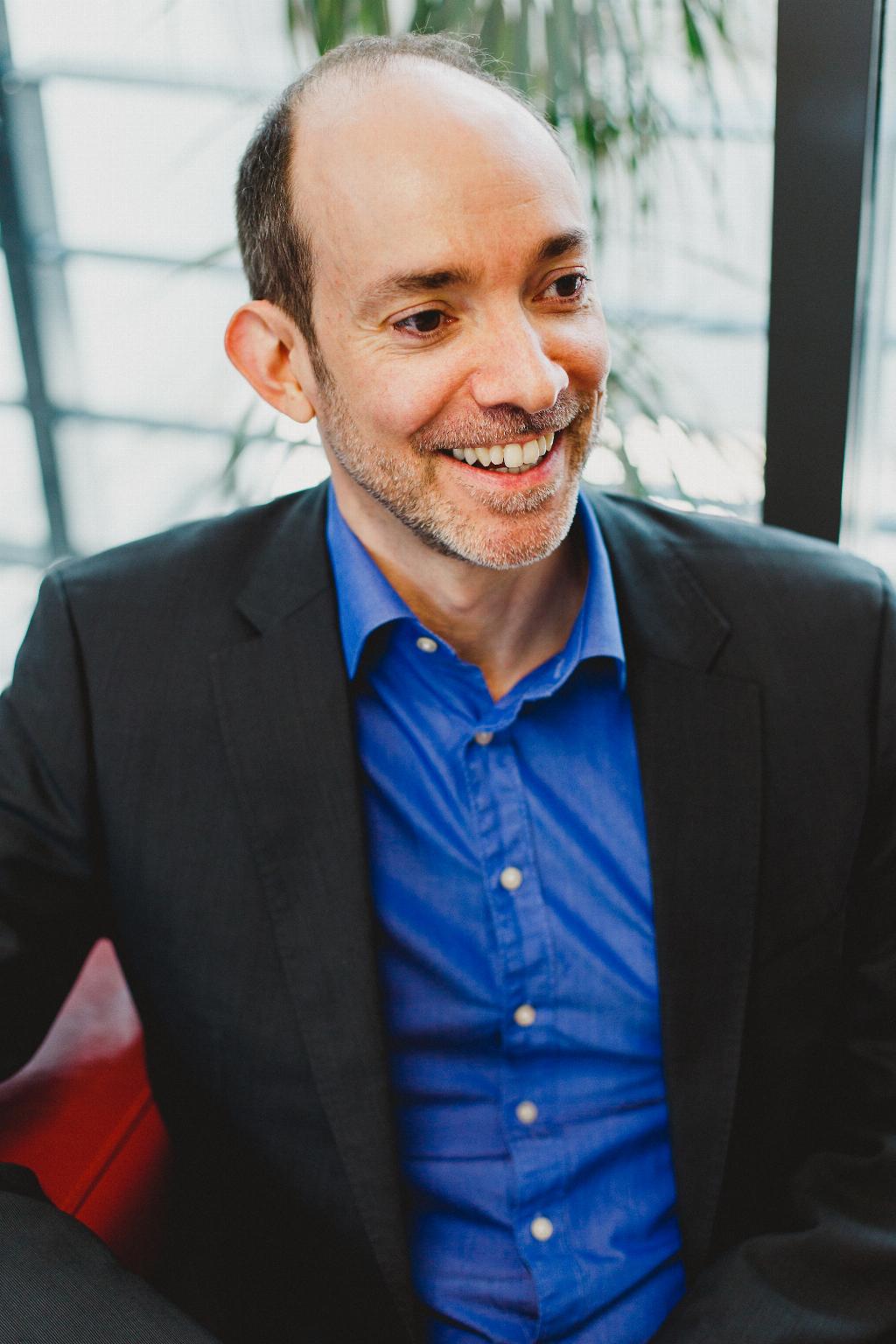Covering all the bases

Mike Richardson hears the views of surface modification specialists, Oxford Advanced Surfaces, to discover how it overcomes the key issues of efficient surface preparation to improve the job of bonding materials together.
When it comes to using adhesives for bonding various materials together, the creation of a bond is usually either mechanical (i.e. through surface roughening), entanglement or chemical. Working with CFRP means surface modifying the visible epoxy on the surface to make it react chemically with the desired adhesives.
Materials such as PEEK, carbon fibre epoxy and polyamide don’t swell or entangle, so require either surface roughening or chemical bonding. Surface modification specialists, Oxford Advanced Surfaces (OAS) says it is the only company that can currently offer chemical bonding, which it adds, is a far more efficient process than surface roughening.
By changing the surface chemistry, you can provide something with which the adhesives or paints can react. OAS’ products can modify the outside surface of a panel, be that polyamide or epoxy CFRP, or improve the interfacial interaction of a fibre reinforcement within the chosen matrix. The technology also has the potential to modify fillers such as graphene and carbon nanotubes to improve their interaction with resins.
Onto a winner

The company patented a revolutionary new chemistry platform called Onto™, from which it has developed a range of surface modifiers or adhesion promoters for use on various plastics and composites. The advantage is that you only need one product as they are substrate independent. Onto works on a number of plastics that are effectively hard or impossible to bond without some form of surface roughening, as no other chemical process or treatment such as plasma or corona are effective.
Originally, the company was faced with a technology platform that could form permanent chemical bonds with most materials. The big question was what to do with it.
“Initially, the challenge was about what we should do with the Onto platform, and the difficulty was that there are a lot of potential applications,” begins OAS’ CEO, Philip Spinks. “It was only after we started to talk to a number of paint and adhesive manufacturers that it became clear that there were some real issues with surface preparation for a number of materials – those with inert chemical surfaces. These materials are great in that they don’t react with many things in the environment, so have numerous engineering applications. But this also means they don’t work well with adhesives and paints – certainly not without a surface preparation.”
Spinks reckons that automotive industry demands initially led the way for the introduction of this type of surface treatment that chemically modifies the plastic surface to improve its compatibility with other materials, providing a reproducible alternative to other surface preparation techniques like sanding.
“Legislation requires the reduction in emissions and to deliver this, manufacturers have produced more efficient engines and made changes in the drivetrain. Further reductions in emissions will come from lightweighting. As automotive companies look more to composite and advanced plastic material to solve this, the demands for integrating and processing these materials also increase.

“The industry as a whole is driving towards lower cost materials and faster preparation; RTM, for example. However, there’s an irony in that you can now make a component in minutes, but spend many hours, hand-sanding it before it can be lacquered, painted or bonded. We can now do that job in minutes too. That’s a big advantage in helping mass volume manufacture and assembly of these components. Demand also comes for the industry as a whole. Sanding and surface abrasion techniques have issues – dust management, over-sanding which can lead to scrapped components, time, shortage of skilled trimmers, floor space, etc. We can address all of these issues with a simple process. It’s all about productivity.”
Joined-up thinking
In terms of the kinds of surface improvements OAS’ Onto offers, Spinks says most materials need some form of surface treatment before onward processing - in whatever form that may take.
“We provide surface treatments for improving the adhesion with materials that have historically been hard to bond to. Yes, sanding can do the trick, but that’s not the most practical process and comes with many issues. With the materials that we focus on, other well-known surface treatments, such as plasma and corona aren’t effective and solvent-based systems for surface swelling are ineffective as the materials are resistant. We deliver a solution that performs as well as – or better than – abrasion, is easily integrated into volume manufacturing and doesn't bring any of the drawbacks.”
When it comes to applying the Onto coating, Spinks says that so long as the surface is correctly degreased then you’re good to go. The product needs a quick mix and you can select a product for spray, dip or brush.
“Our surface treatments for paints and coatings tend to be spray systems and those for bonding tend to be brush application. There is minimal training required and if you’re already a trained paint or adhesive sprayer, then you’ve got the skills you need. As a ‘wet coat’ system, you can usually see what has and hasn’t been covered. When properly mixed, the product goes a clear pale red; once coated down you can - on many substrates - see a colour change, but on curing, the product turns transparent. Even without the colour change you can usually still see the coating before curing.
“To help with this, we’re looking at other control methods to further improve confidence at this level. In addition, once the substrate is treated and cured you have several months to use it. Also, before curing, if you make a mistake you can wash the coating off and start again. Try doing that with hand sanding or vapour blasting! Trained sprayers pick up the coating very quickly in our experience, and the brush system also takes very little time to get the hang of.”
Above the surface

From the surface to the holistic view above, Spinks reckons that the UK is working hard to take a leadership role in composites. Trade bodies like Composites UK and groups such as the Composites Leadership Forum (CLF) are key to achieving this and are working hard to do so.
“As usual, we need investment to be a world leader and there’s an indication that there is interest here through the current funding calls with Innovate UK. However, more funding would be useful. The UK is a small part of the global composites market, but possesses some great skills and advantages. The CLF is trying to focus on what’s key and what we’re best at. We won’t win in every area, but we do have the ability to be global leaders in some.”
So, is the industry still waiting for mass market acceptance, lower price points and reaching the tipping point where CFRP and its ilk will become the material of choice for all industries and all applications?
“Simply put, yes,” Spinks concludes. “However, it’s definitely starting to happen. We’re working across a number of different industries and have seen people gearing up for more and more demand driven volume. Prices will come down and further investment will become available. In addition, people are now seriously looking at getting value from recycled materials, using reinforced polyamide and other materials apart from virgin (epoxy) CFRP to deliver performance at the necessary price point.
“CFRP is a high-performance material, but not all applications require this. We will continue to see growth and an increasing focus on matching materials and requirements. Car design will change fundamentally over the next 10 years – not just in terms of how we use cars, but also through how we make them and the materials from which they are made.”









